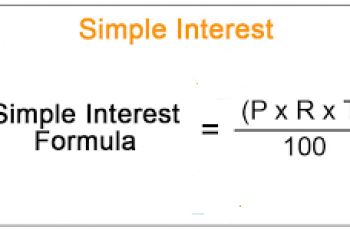What is Quick Ratio?
Prior to discussing how to calculate quick ratio, lets define it. The quick ratio also known as acid test ratio or liquidity ratio is an indicator of a company’s short-term liquidity position and measures a company’s ability to meet its short-term obligations with its most liquid assets.
Components of the Acid Test Ratio.
Liquid Assets
A company’s liquid assets are assets that are cash or close to cash. This may include cash and savings, marketable securities, and accounts receivable. The quick ratio typically excludes prepaid expenses and inventory from liquid assets.
Current Liabilities
A company’s current liabilities are any immediate debts the company owes. This includes accounts payable, employee wages, taxes, and payments toward long-term debts.
What is a Good Quick Ratio.
A quick ratio that is equal to or greater than 1 means the company has enough liquid assets to meet its short-term obligations. The higher the ratio, the greater the company’s liquidity this means that the company able to meet current obligations using liquid assets.
Sometimes, an extremely high quick ratio isn’t necessarily a good sign, since it may indicate the company is sitting on a significant amount of capital that could be better invested to expand the business.
If a business’s quick ratio is less than 1, it means it doesn’t have enough quick assets to meet all its short-term obligations. If it suffers an interruption, it may find it difficult to raise the cash to pay its creditors.
Formula to Calculate Quick Ratio.

Example:
In a certain financial period of a firm, the value of the cash at hand and equivalent was $200,000, the value of the short term marketable securities was $ 60,000, the accounts receivables were worth $40,000 and the value of the current liabilities was $ 40,000. Determine the quick ratio of the firm.

Therefore, the quick ratio of the company is 7.5.

